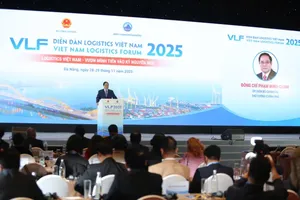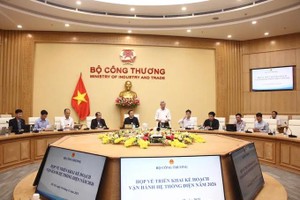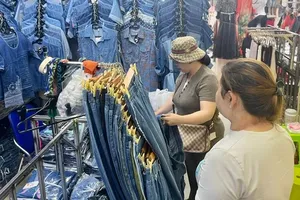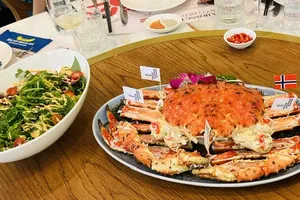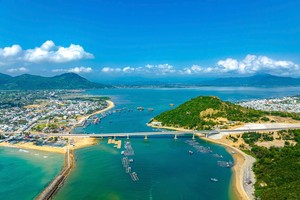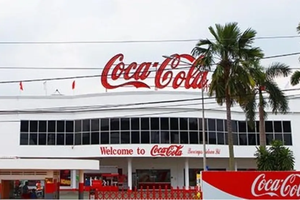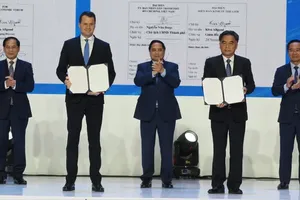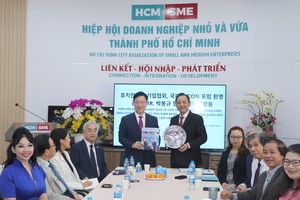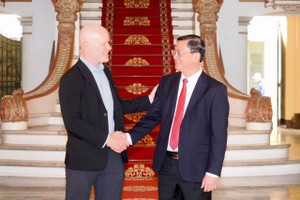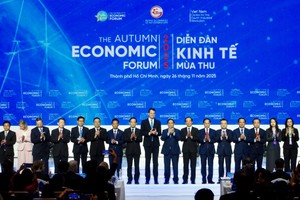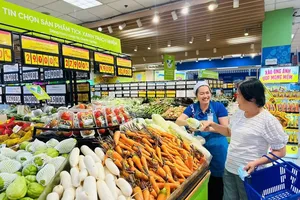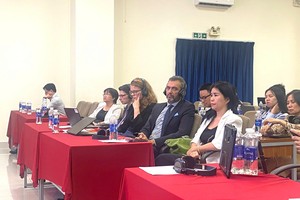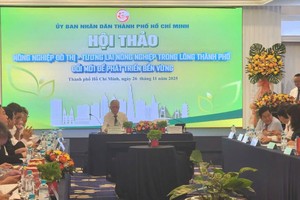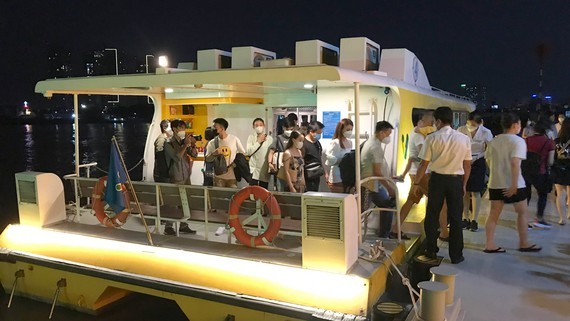 River bus along the Saigon River attracts many visitors. (Photo: SGGP)
River bus along the Saigon River attracts many visitors. (Photo: SGGP)
The city has invested to develop many new kinds of transport, including waterway transport for over the past time, such as the Water Bus Route No 1, a high-speed boat service linking Bach Dang Wharf in District 1 and Tac Suat Pier in Can Gio District and Ho May wharf in Ba Ria-Vung Tau Province; an express boat linking Bach Dang Wharf and Cu Chi Tunnel in HCMC, and the city’s neighboring province of Binh Duong. These new services have attracted many local and foreign visitors but they have not yet been fully exploited, especially goods transportation.
Deputy Director of the HCMC Department of Transport, Bui Hoa An said that the waterway transport featuring 110 waterway routes with a total length of 975km and a system of seaports and inner-city piers is the city’s strong point. The Cat Lai port complex is overloaded, leading road traffic congestion in the eastern gateway, especially the My Thuy intersection in Thu Duc City. Therefore, the enhancement of the multi-way transport connection, including waterway connecting logistics centers, inland container depots (ICD), warehouses, distribution centers for export and import goods, domestic products is very necessary.
According to a plan to invest and develop waterway transport infrastructure in the 2021-2030 period with a vision towards 2050, the Department of Transport will give a priority to projects of dredging and improving bridges on the inner-city waterway routes connecting with new seaports.
The projects include routes in the city’s eastern area linking with piers in Dong Nai River, the others with a length of 35.6 km connecting with Hiep Phuoc Port in Nha Be District, having a total capital of VND400 billion (US$ 17.4 million), construction project of the embankment and inner-city wharfs serving for public transport connectivity and intercity sightseeing tour on the Sai Gon River; a 30km-long intercity river route running through Sai Gon River, Vam Thuat River, canals of Ben Cat, Truong Dai, Tham Luong, Nuoc Len, Doi, Te with an estimated investment capital of VND1,200 billion (US$52.3 million); a 108km-long outer city river route crossing Sai Gon River, canals of Tra, An Ha, Ly Van Manh, rivers of Cho Dem, Ben Luc, Can Giuoc, canals of Ba Lao, Tac, Trau Trau, Chiec with a total investment capital of VND4,794 billion (US$209 million).
The city must seek solutions and diversify sources of investment capital to collect more than VND6, 000 billion (US$261.7 million) to implement these projects and encourage businesses to invest waterway transport infrastructure.
HCMC has great potential to develop its waterways but it has very few products to meet the demand for this special tourism. The city needs to develop waterway transport and tourist products presenting daily activities of local people along canals to visitors, said architect Nguyen Van Tat.
